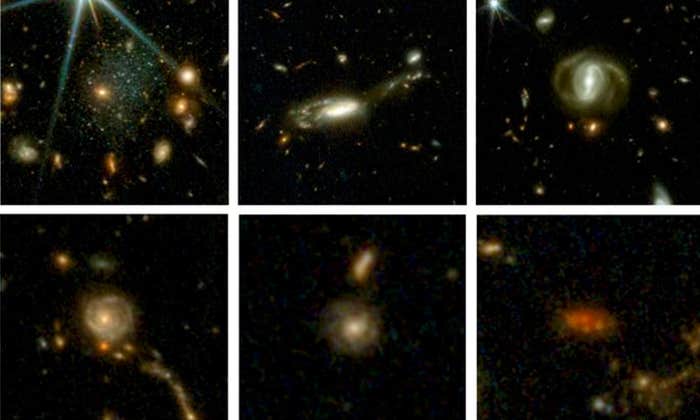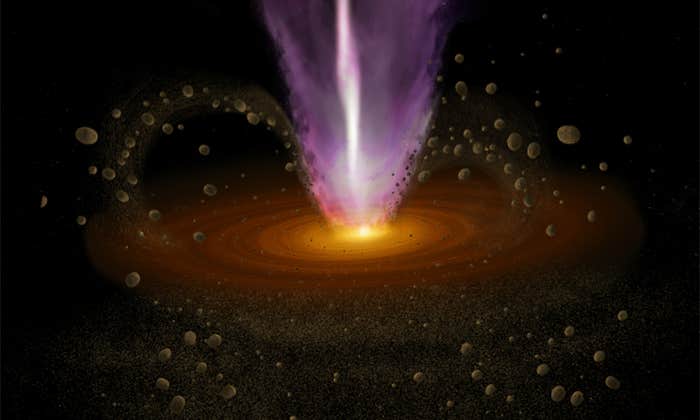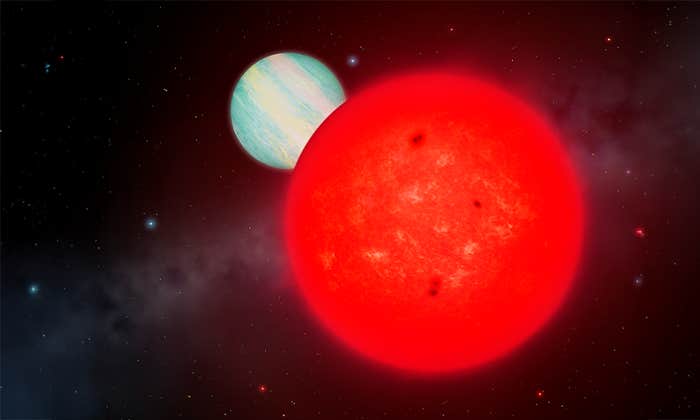Our human world is soaked in light. For starters there are the 100,000 trillion photons arriving every second at every square centimeter of Earth’s dayside surface, after racing here from the outer envelope of a natural giant thermonuclear reactor we call the sun. There are also the photons that zip every which way through any cubic centimeter of open space. Some of these are the microwave leftovers from the hot Big Bang over 13 billion years ago, others are the photons produced in distant stars and innumerable astrophysical events strewn across the cosmos.
We’re also bathed in locally-sourced, artisanal electromagnetic radiation. We warm, squishy humans are potent infrared beacons. Our fancy chemical metabolism sheds energy as heat, radiating photons off into the environment. If you could switch on goggles sensitive to infrared wavelengths of the electromagnetic spectrum you would find a world brilliantly aglow: from your self-generated light to the light blazing from your dogs, cats, pet parrots, and even the tiny muscles of frantically flapping insects.1
Yet as we look beyond, into the cosmos, it becomes more and more apparent that our light-saturated existence is perhaps a little unusual. One of the biggest clues to this fact stares us in the face every time the sun sets and the sky darkens. If we lived in a truly endless and unchanging universe then we might expect there to be galaxies of stars in every single direction we looked, all stacked up in infinite progression so that there would be no place without visible light.
Somehow a galaxy that spans tens of thousands of light years is intimately related to what is, in effect, a microscopic dot at its center.
In cosmology this is known as Olbers’ paradox, after work by the German astronomer Heinrich Olbers in 1823. Despite doing a decent job at mathematically phrasing a long-recognized puzzle, Olbers himself failed to offer a good solution for why the celestial sphere was mostly dark, leaving room for none other than Edgar Allen Poe to put things onto the right track in 1848. Poe’s qualitative insight was that perhaps the cosmos was simply not old enough to fill the sky with light.
The modern resolution to the paradox contains some subtleties, but it does indeed mostly come down to the fact that we do not live in an endless and unchanging universe. Not only does the universe have a finite age, it has a complex history of making stars (with finite lifespans), and it is undergoing an expansion that dilutes the intensity of light that reaches us from distant places. Consequently, our sky is not uniformly bright to our eyes, and most of the cosmos is photon-starved compared to our everyday circumstances.
The story doesn’t quite end there though, because stellar history has some curious kinks in it, associated with the actual formation of stars in the first place. While we have a pretty robust (although still incomplete) understanding of the basic physical drivers and processes that lead to the existence of individual stars or groups of stars—beginning with the gravitational agglomeration and collapse of interstellar matter—when it comes to entire populations of stars in galaxies things are rather trickier.
Research over the past 30 or so years has revealed that the formation of stars across the universe reached an extended peak of activity roughly 10 to 11 billion years ago.2 Since that epoch, while new stars are certainly still being produced, the rate of production has lessened dramatically. So much so that it appears that the great majority of stars that the universe will ever make—perhaps 95 percent of them—have already been made.3 The future is one of ever-dwindling numbers of stellar newborns, punctuated by occasional flurries as galaxies merge or other triggering events occur.
But there’s a big puzzle here. Exactly what puts a cap on the number of stars the universe has made and will ever make? This question has long been a subject of intense astrophysical debate, particularly in relation to the stellar composition of individual galaxies. For example, our current cosmological paradigm (or at least the one that most scientists subscribe to) is that we live in a universe dominated by dark matter, and in a dark matter universe the biggest galaxies should have formed the most recently,4 being assembled by the hierarchical, gravitationally driven merger of smaller systems. Yet if you examine very large, massive galaxies you find that they tend to be composed of older stars, suggesting that they’ve already sat around in their dotage for a very long time.
To try to explain this, astronomers invoke the idea of “quenching,” where something acts to suppress or shut down the formation of new stars across galaxies. Not surprisingly, you need a pretty potent mechanism to quench anything on these scales, and among the most plausible culprits are the supermassive black holes that exist at the core of most galaxies and which can flood the space around them with photons and particles emitted from material as it screeches toward their event horizons. That outward transfer of energy can, quite literally, blow away the interstellar gas that would otherwise cool and clump into new stars.
The precise details of how this might work are certainly not yet fully understood. But there are new tantalizing clues in the fact that the masses of supermassive black holes appear to correlate with the mass of stars contained in their host galaxies.5 That is pretty shocking because even a supermassive black hole a billion times the mass of our sun only occupies a volume similar to that of our solar system. So somehow a galaxy that spans tens of thousands of light-years is intimately related to what is, in effect, a microscopic dot at its center.
One proposed explanation is that a kind of pulsing feedback system exists. If the black holes grow by gobbling up the same inflow of interstellar matter that makes new stars, this can trigger those floods of outgoing energy, simultaneously pushing the black hole food away and quenching star formation across an entire galaxy—keeping the masses of the holes and the total number of stars in a lock-step growth throughout their history.
And therein lies one of the oddest features of black holes. Despite being “one-way streets” in the cosmos—ingrown warpages of space and time sheathed by event horizons that allow nothing to return—black holes can also power some of the most luminous and far-reaching phenomena in the observable universe. Phenomena that have, in turn, likely acted to profoundly limit how many stars the universe can have; to play a role in quenching the accumulated light of the cosmos. It’s an old saying that you can’t have light without darkness, and for the universe it’s also very much true that you can’t have darkness without light.
Caleb Scharf is an astrophysicist, the director of astrobiology at Columbia University in New York, and a founder of yhousenyc.org, an institute that studies human and machine consciousness. His latest book is The Zoomable Universe: An Epic Tour Through Cosmic Scale, from Almost Everything to Nearly Nothing.
References
1. Heinrich, B. Thermoregulation in endothermic insects. Science 185, 747-756 (1974).
2. Madau, P. & Dickinson, M. Cosmic star-formation history. Annual Review of Astronomy and Astrophysics 52, 415-486 (2014).
3. Sobral, D., et al. A large Hα survey at z = 2.23, 1.47, 0.84 and 0.40: the 11 Gyr evolution of star-forming galaxies from HiZELS. Monthly Notices of the Royal Astronomical Society 428, 1128-1146 (2013).
4. Man, A. & Belli, S. Star formation quenching in massive galaxies. Nature Astronomy 2, 6950697 (2018).
5. Stephens, T. How galaxies die: New insights into the quenching of star formation. news.ucsc.edu (2020).
Lead image: Vadim Sadovski / Shutterstock
This article first appeared online in our “The Dark Side” issue in August, 2020.


























